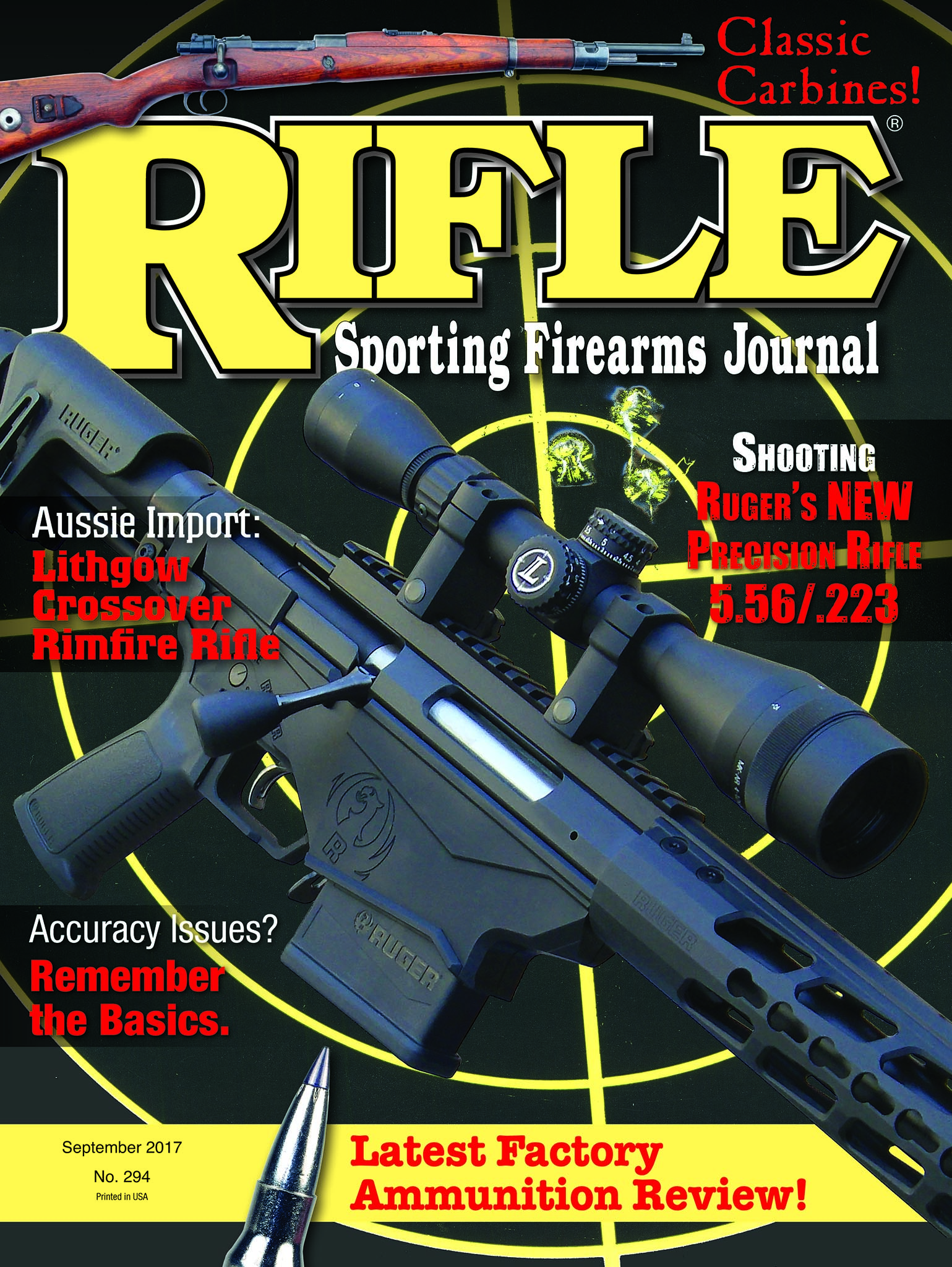Lock, Stock & Barrel
Browning X-Bolt
column By: Lee J. Hoots | September, 17
With interesting features and modern lines, the Browning X-Bolt rifle is a unique blend of forethought and engineering – an enhanced version of the A-Bolt, if you will. Yet before getting into any detail, summarizing the progression of the company’s centerfire bolt-action rifle line seems appropriate. The changes briefly noted below were no doubt the result of both economic decisions and a desire to keep up with trends.
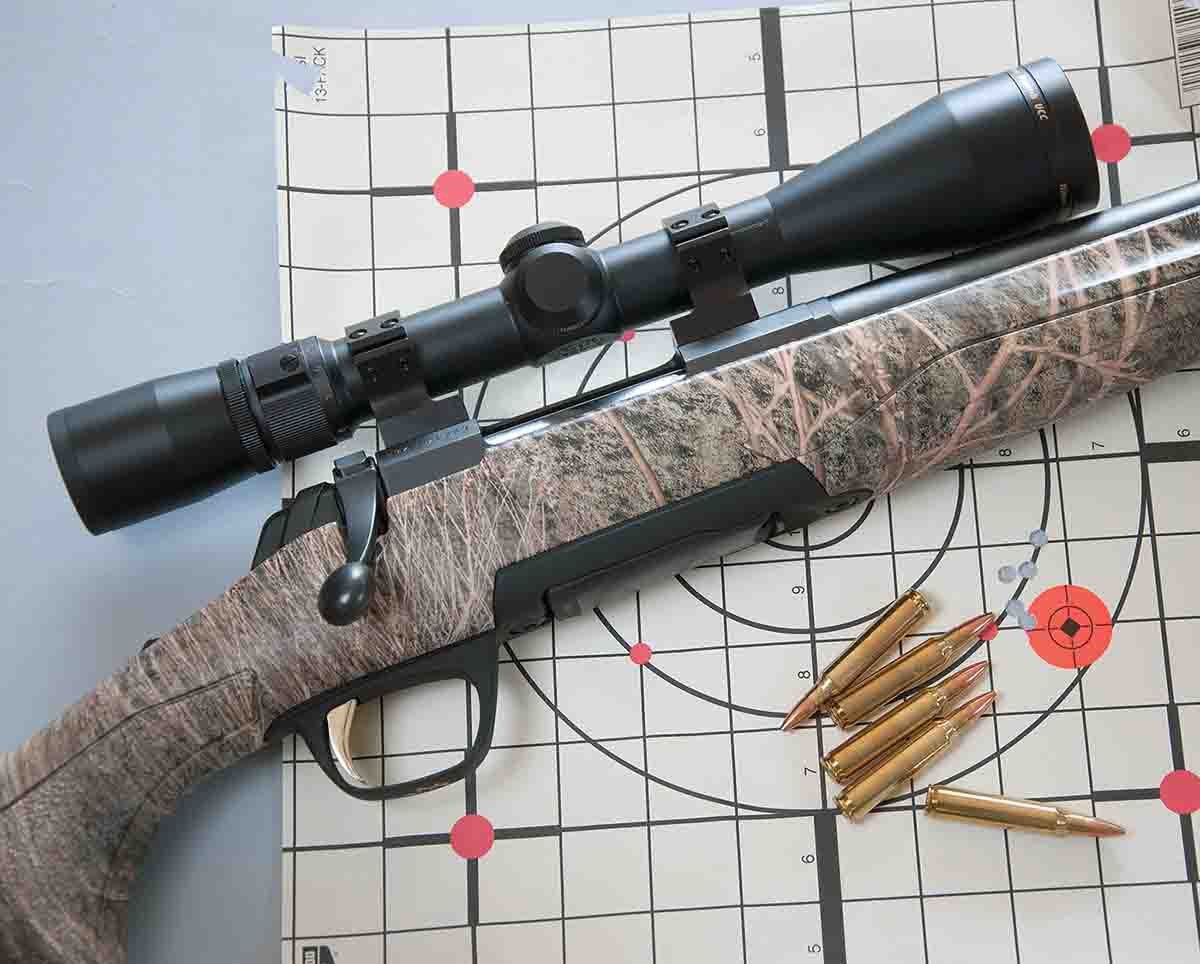
The first Browning-branded centerfire bolt-action rifle, introduced in 1960, was built by Fabrique Nationale in Herstal, Belgium, a rather large armsmaking firm (today known as FNH) that would eventually come to own the Browning trade name. It was a Mauser 98-based rifle called the Safari Grade, and it featured the requisite claw extraction and a well-made stock. It quickly became fashionable, and dressed-up Medallion and Olympian versions soon followed. Depending on sources, the rifle was also referred to as the Browning High Power (or High-Power), but today the company refers to it simply as the FN Mauser bolt action. Toward the end of the High Power’s importation to the U.S., the company offered a similar rifle made by Sako that did not feature the Mauser-type action fans had grown accustomed to. It was a fine rifle, but Browning took a leap of faith in 1974, when it discontinued selling the European-made rifles altogether and began working with another manufacturer.
The High Power was replaced in 1977 by the Browning Bolt Rifle (BBR) of Browning’s own design but manufactured by Miroku in Kochi, Japan – a relationship that continues today. In brief, the BBR featured a cylindrical receiver with a sliding tang safety, a bolt with longitudinal fluting and a pinned-on bolt head with nine locking lugs organized in three rows of three, surprisingly similar to those found on Weatherby rifles. The stocks were in keeping with the then highly popular Monte Carlo comb design with cheekpiece and triangular forend. A new feature on Browning centerfire rifles, the magazine was attached to the floorplate but was easily removed and replaced in the field, so hunters could carry a loaded spare. Several variants were eventually made available and served American shooters and hunters for nearly 10 years.
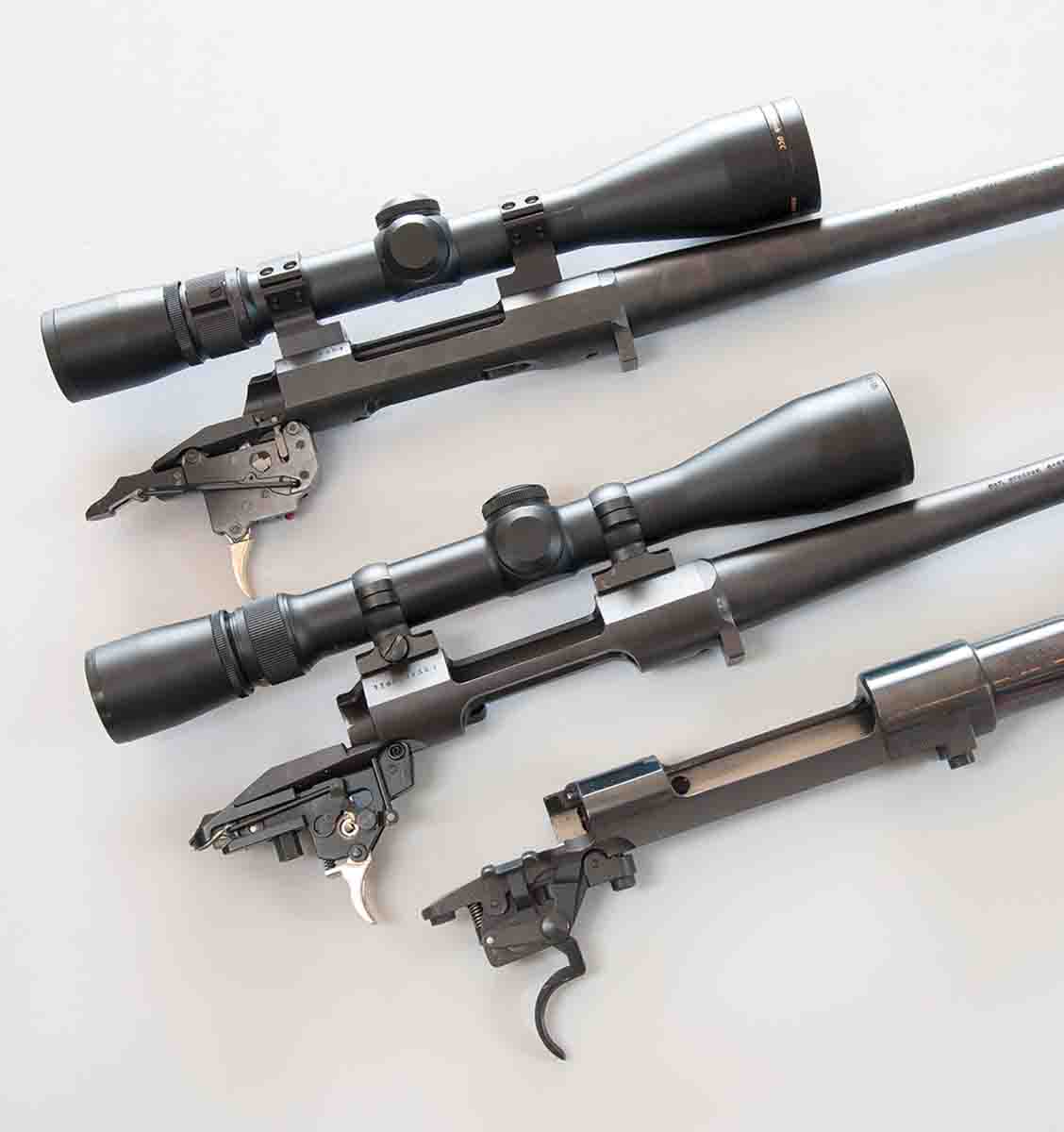
The Browning A-Bolt was introduced in 1985 as a trimmed-down version of the BBR, with the latter’s same bolt design. To that end, relevant enhancements included a scaled-down receiver, a trimmer stock and other minor changes to internal components. The some-what lighter A-Bolt II came along in 1994, itself a slightly modified version of the original. Following the introduction of the A-Bolt II, nearly 15 years lapsed before Browning decided it needed a new flagship rifle. As a departure perhaps as significant as dropping the High Power for the BBR/A-Bolt lines, it introduced the X-Bolt in 2008.
Not to discredit the A-Bolt’s popularity or reputation for downrange performance, indeed some traditionally minded rifle enthusiasts have not been overly fond of the rifle receiver’s large, angular flats, nor its bolt design in general. The safety mechanism, as will be explained shortly, also causes some consternation. The rifle features an elongated bolt shroud carried over from the BBR, and the A-Bolt II was designed with a nonrotating sleeve/cartridge depressor along the length of the bolt to help the rifle cycle smoothly. Three mortises at the back and front of the receiver allow the bolt head to pass as well as hold the sleeve in position while the internal components rotate clockwise as the bolt knob is turned down to lock the three lugs. So long as it is kept clean of dust, the bolt certainly cycles smoothly, but it is a more complicated design than the long-admired Mauser and simplified derivatives, such as the prominent Remington 700.
The new X-Bolt has three lugs as well; I was therefore mildly skeptical about the design upon first seeing a photograph of the rifle in a press release. Though after handling the new rifle, shooting a couple of them and taking a nice Black Hills whitetail buck with a .270 Winchester a few years ago, it proved to be a solid design that shot as well as any A-Bolt. Far more relevant, however, is public opinion. The fact that modern rifle enthusiasts are sharp enough to see past smoke-and-mirror marketing bodes well for the X-Bolt, because of its simpler design and great utility. Browning has had a challenge keeping up with demand since the first year of production, and various new models are introduced annually.
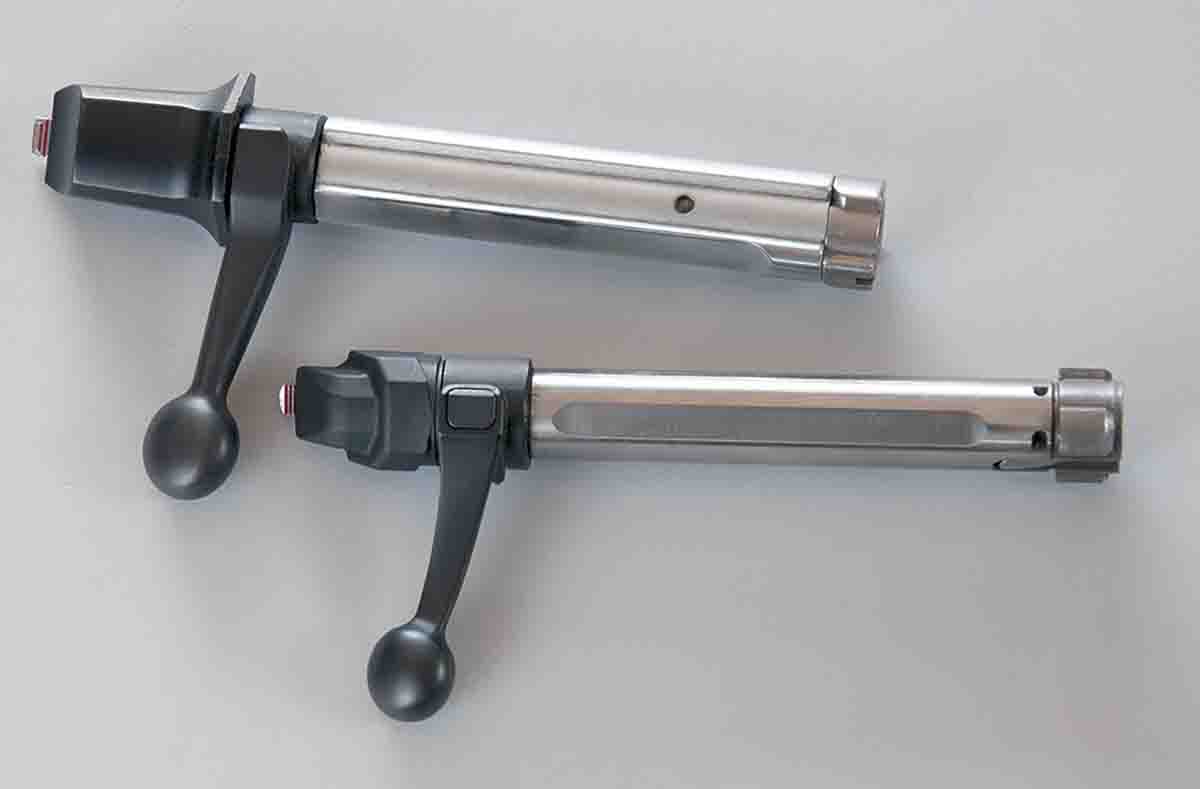
For readers who may enjoy small details, the X-Bolt gets its name from a four-screw scope-ring mounting design, but most differences between it and the A-Bolt can be found in the receiver and bolt. Both receivers feature a rounded bottom, but the X-Bolt receiver is largely flat-sided. A sample barreled action of each on hand – an X-Bolt .223 Remington and an A-Bolt II .223 Winchester Super Short Magnum – reveal that they are nearly identical in width at roughly 1.30 inches. Respective vertical differences equaling .160 inch are hardly worth mentioning. The X-Bolt’s recoil lug is slightly wider and protrudes slightly farther into the stock. As part of the flat-sided receiver, Browning redesigned the bolt release lever to be about half the size of that found on the A-Bolt; it is narrower, shorter and protrudes less from the receiver’s side. The receiver features a narrow flat that tapers inward to the rounded receiver top. While none of this is earth-shattering, the difference in appearance between the two rifles is noticeable enough – and as it goes with pickup trucks and sports cars, a rifle’s lines are always a strong selling point.
Today it is becoming increasingly difficult to find a bolt rifle that does not come standard with a detachable polymer magazine, and Browning was an early adopter. Lacking a floorplate, the X-Bolt magazine is injection-molded, fits flush with the bottom of the stock, holds cartridges in a circular arrangement that in operation is not terribly unlike that of the old Savage 99 magazine. A spring-loaded, plastic follower pushes cartridges upward where they are centered for easy feeding into the chamber.
Of the four or five X-Bolt rifles I have shot in the last 10 years, none of them have failed to feed; the same cannot be said for other rifles with plastic magazines. Part of this may be due to the fact that the “bottom metal” is made of aluminum rather than plastic. An angled piece of spring steel attached to the aluminum trigger-guard assembly puts enough forward pressure on the magazine to hold it in place. At the front of the magazine is a coil-spring-and-latch arrangement that secures the magazine flush with the bottom of the stock. The magazine doesn’t rattle nor has one fallen out on any of the rifles I have used.
The bolt design and trigger mechanism, and how they work together, contain the most relevant enhancements when comparing the X-Bolt to the A-Bolt II. For example, in order to eject a cartridge, clear the chamber or manipulate or remove the bolt on an A-Bolt II, the tang safety must be pushed to the forward “fire” position, because when it is slid rearward to the “safe” position, a pin in the trigger mechanism slides upward in the trigger assembly to block any trigger sear movement. A bolt handle lock pin also protrudes upward to press against a small flat at the root of the handle so it cannot be raised.
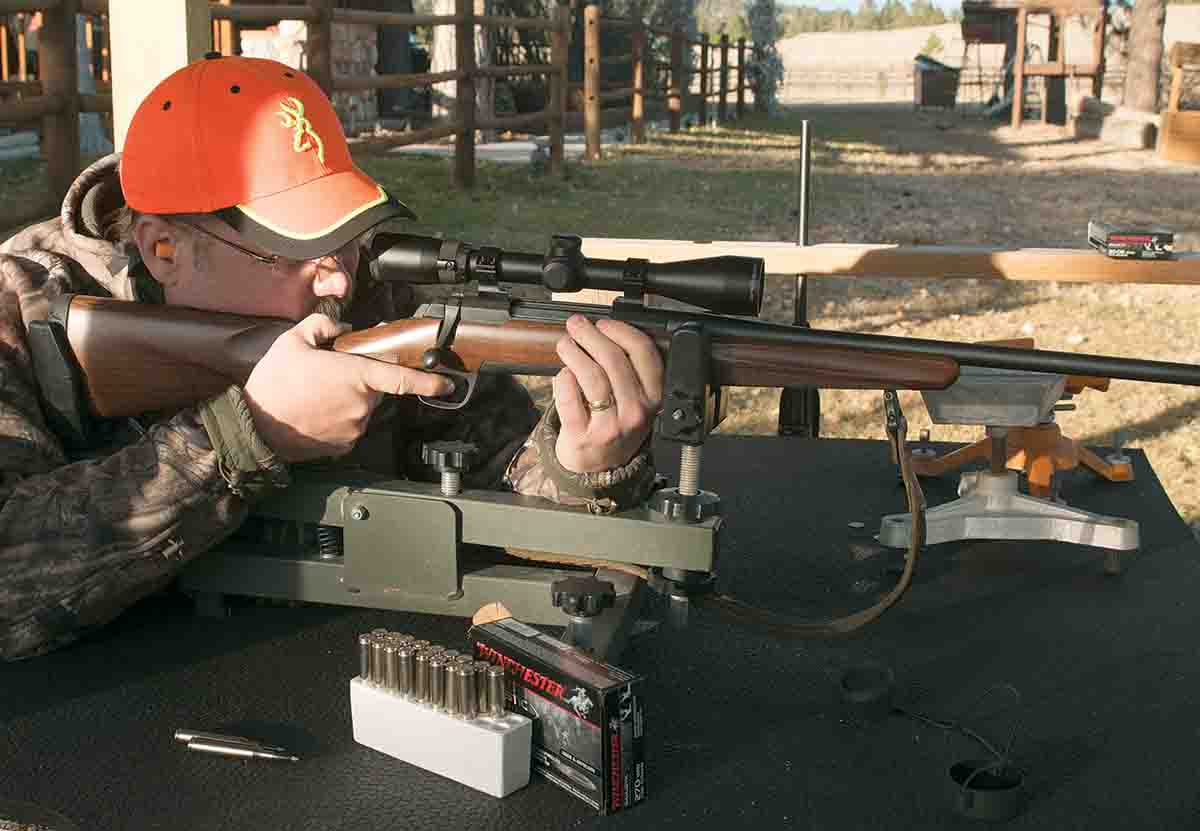
Gone too is the nonrotating bolt sleeve; the old sliding extractor has been replaced with a larger and more durable Sako-style hinged hook, and the cocking shroud has been shortened to be less obtrusive. The bolt diameter is a meager .700 inch and cycles as smoothly as any sleeved bolt rifle I have ever shot.
The history of John Browning and his guns goes back to 1879, when as a young man he applied for his first patent for a single-shot rifle, and the company that today bears the Browning name continues to thrive. The X-Bolt has played no small part, but the A- Bolt II remains in production, show- ing there are faithful Browning buyers who prefer the design.


